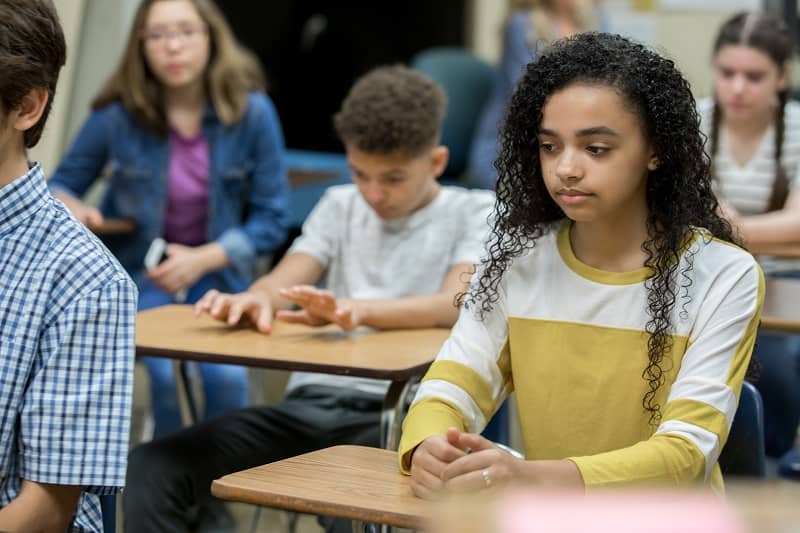

Last week the Milton and Rose D. Friedman Foundation released a landmark study showing that the twelve school choice programs currently operating around the country have saved state and local budgets a net of $444 million dollars since 1990.
“School choice saves,” said Robert Enlow, executive director of the Friedman Foundation. “It saves children, and now we have empirical evidence that it saves money. In the face of $444 million in savings, another excuse to deny children a quality education has vanished before our eyes.”
Critics of school choice often claim that giving parents state vouchers to enable their children to attend any school of their choice — public or private — would drain needed resources from the public schools their children are leaving. According to the Friedman Foundation study, this is simply not true. Each of the twelve voucher programs in operation before 2006 is at least fiscally neutral, and most programs produce substantial savings to the state and to affected school districts.
In fact, instructional spending per student has consistently increased in all public school districts and states affected by voucher laws. According to the study, districts save resources and increase per-student instructional spending because they can spread local and federal revenue over fewer students.
In the face of the evidence, it’s hard to deny that school choice is fiscally beneficial. School choice is good for districts; it’s good for the state. And most importantly, it’s good for children.
© 2007, Cascade Policy Institute. All rights reserved. Permission to reprint in whole or in part is hereby granted, provided the author and Cascade Policy Institute are cited. Contact Cascade at (503) 242-0900 to arrange print or broadcast interviews on this topic. For more topics visit the QuickPoint! archive.











